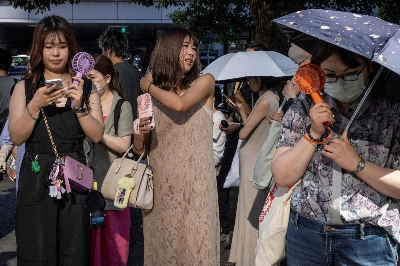As the third anniversary of the Great East Japan Earthquake approaches, new studies of the ongoing effects of the triple disaster of earthquake, tsunami and nuclear meltdown show that the disaster is far from over.
The latest report from Fukushima revealed that more people have died from stress-related illnesses and other maladies after the disaster than from injuries directly linked to the disaster. The report compiled by prefectural authorities and local police found that the deaths of 1,656 people in Fukushima Prefecture fall into the former category. That figure surpasses the 1,607 people who died from disaster-related injuries. Another 434 people have died since 3/11 in Iwate Prefecture and 879 in Miyagi Prefecture. These indirect causes are just as deadly as the direct causes, and are likely to last much longer unless the central government takes action.
In another report, the first of its kind since the disaster, the lifetime risk of cancer for young children was found to have increased because of exposure to radiation. While the increase was relatively small — a mere 1.06 percent in areas close to the crippled nuclear plant — the results, which were published in the U.S. science journal Proceedings of the National Academy of Sciences, were the first projections of the harmful effects from exposure to radiation released by the stricken Fukushima nuclear plant.

















With your current subscription plan you can comment on stories. However, before writing your first comment, please create a display name in the Profile section of your subscriber account page.